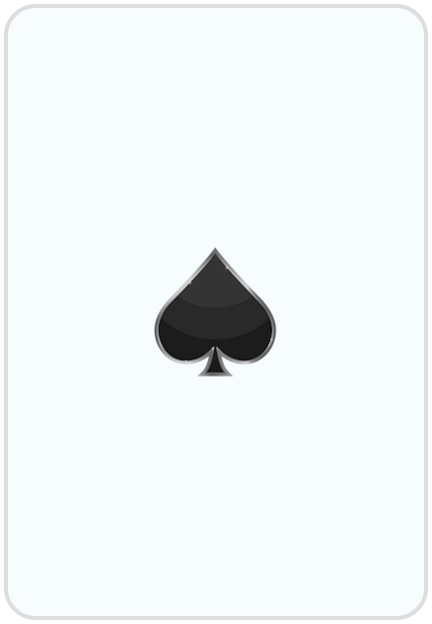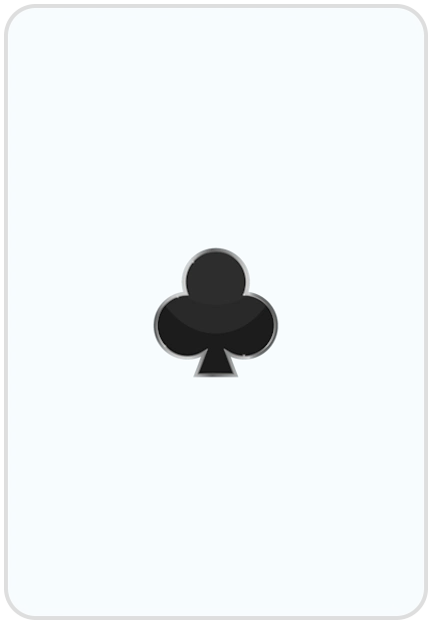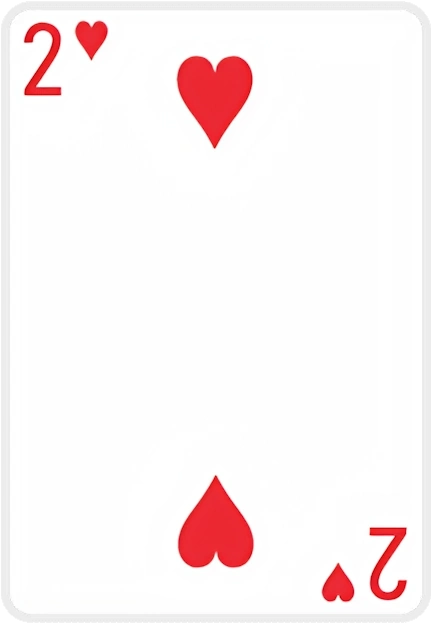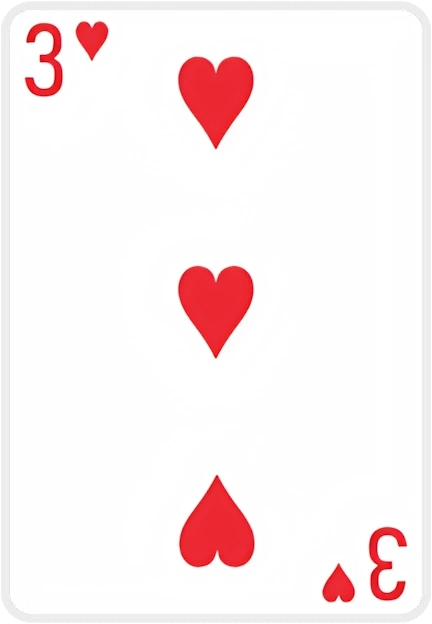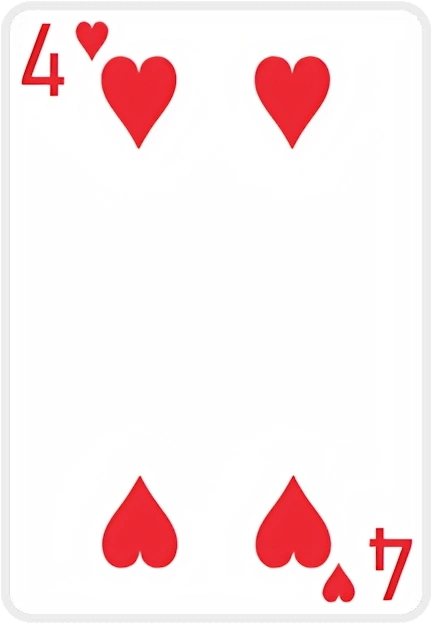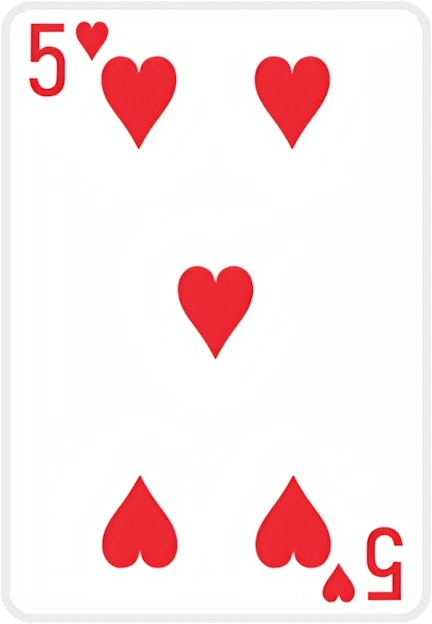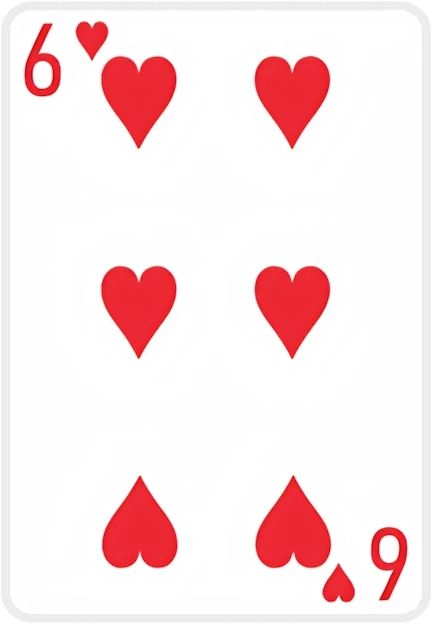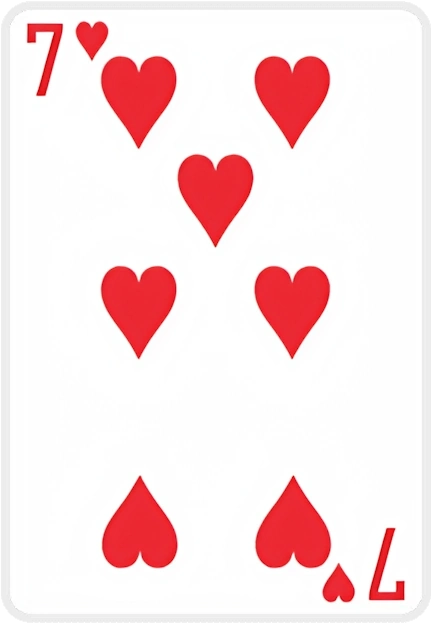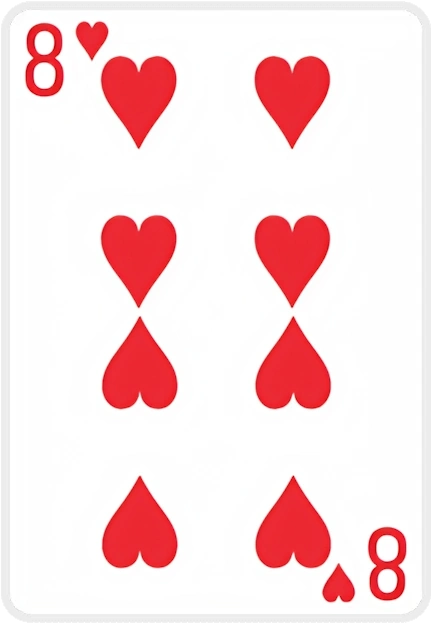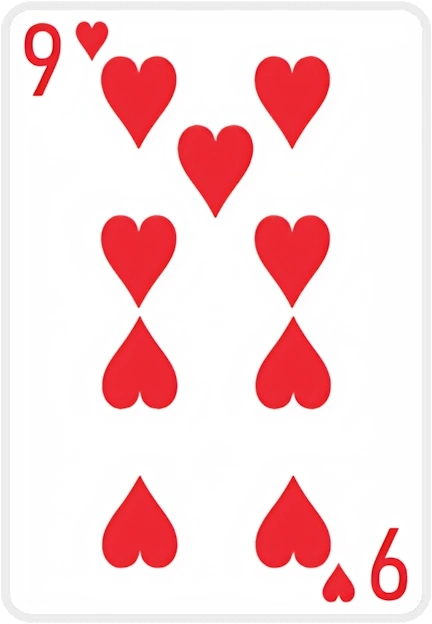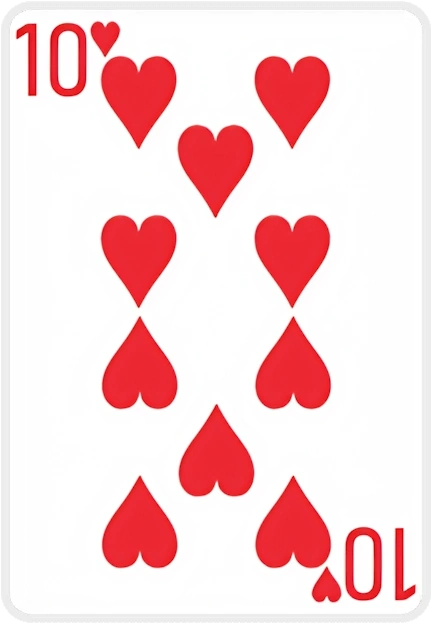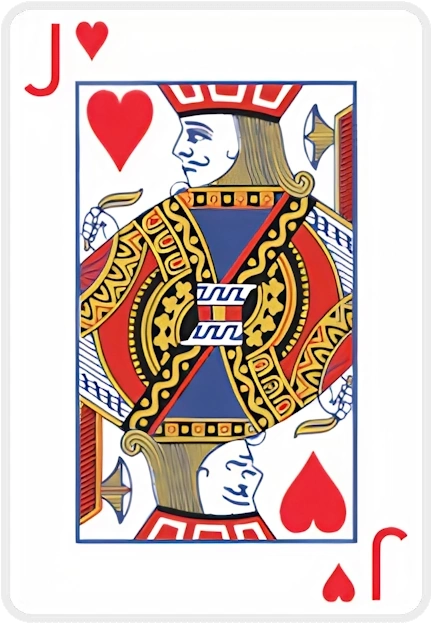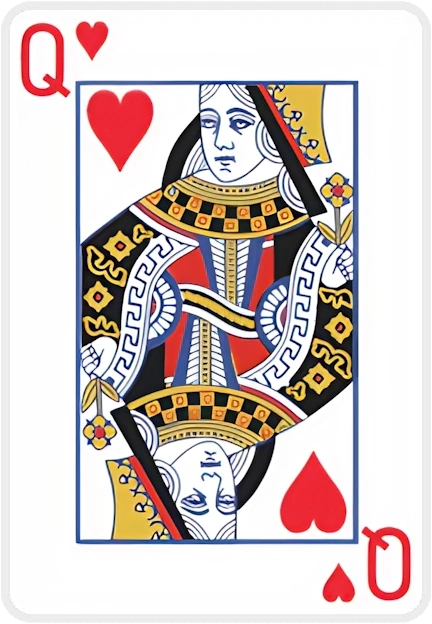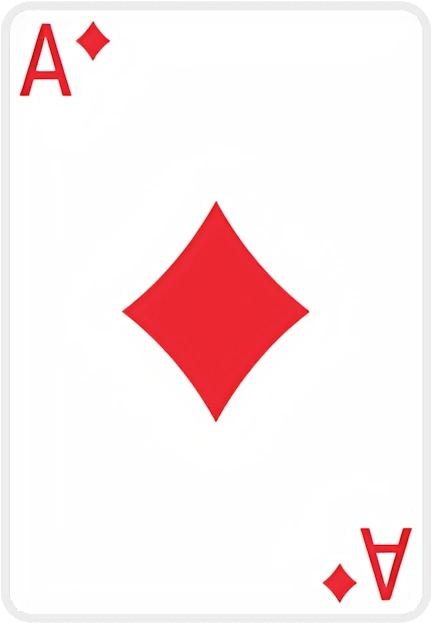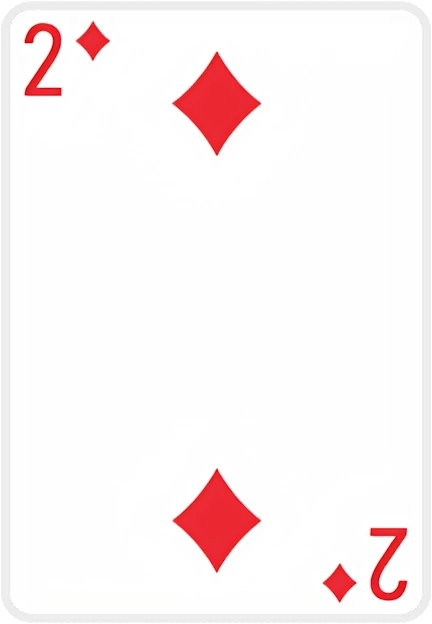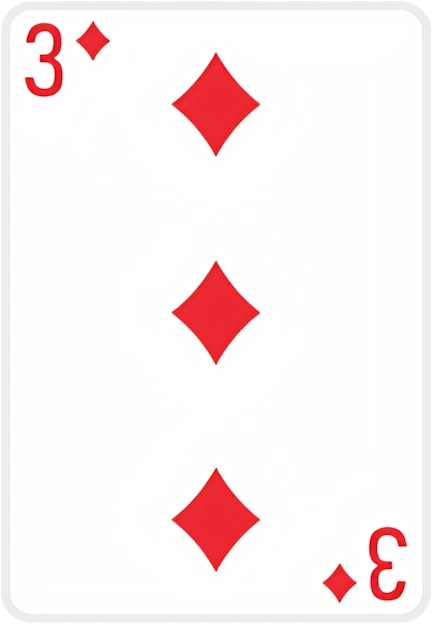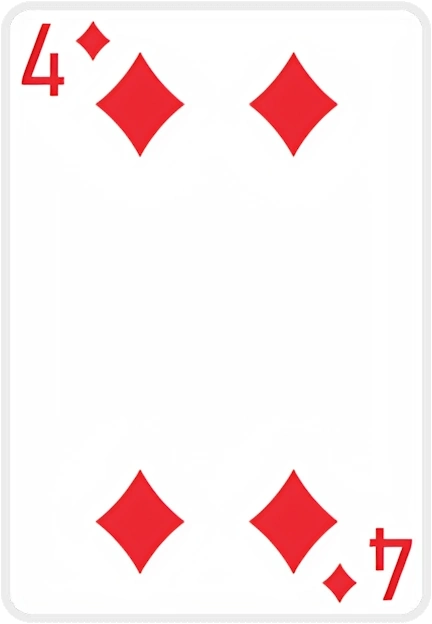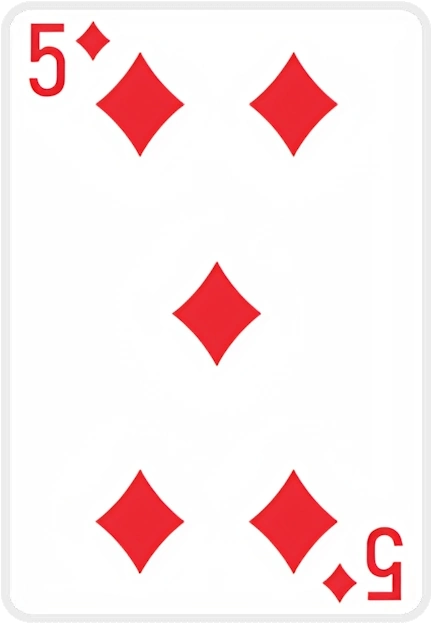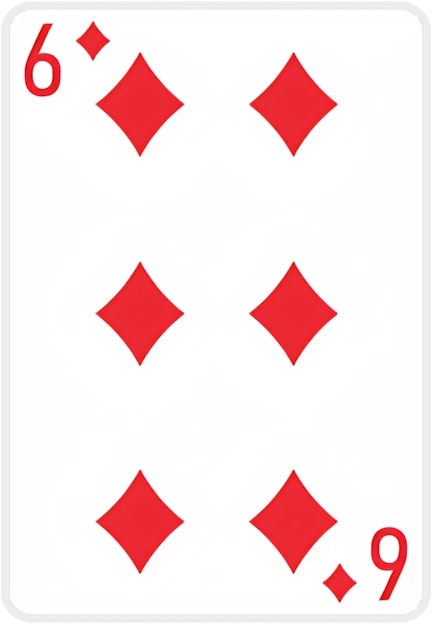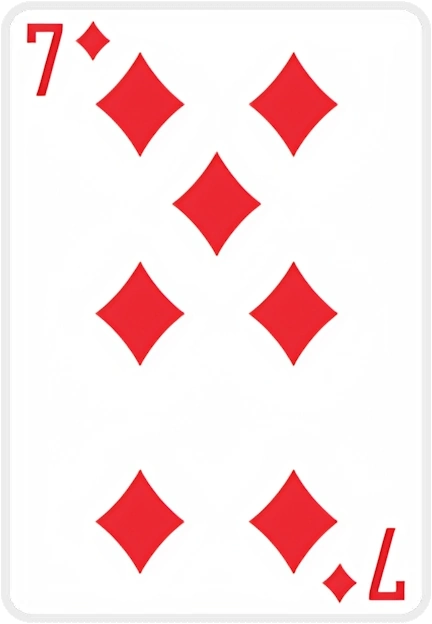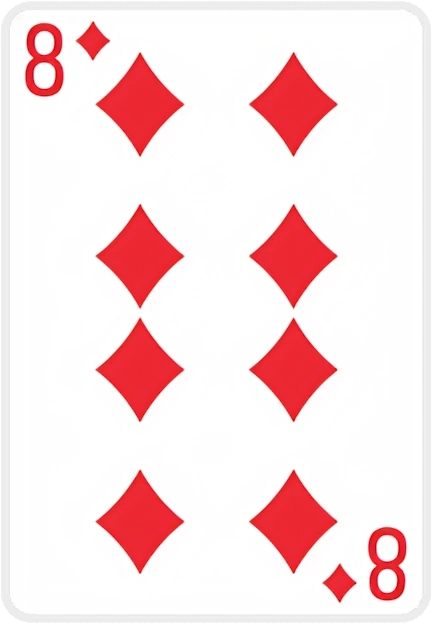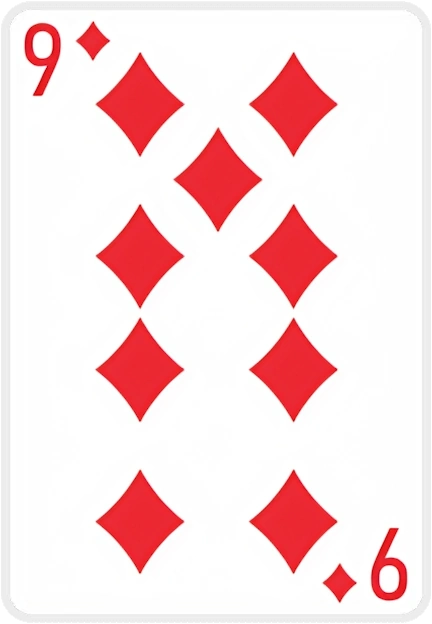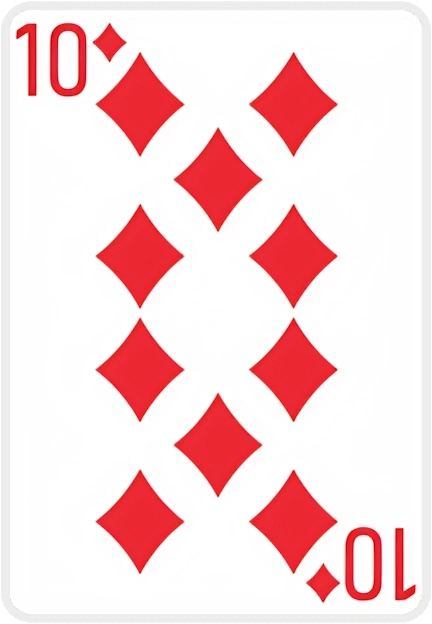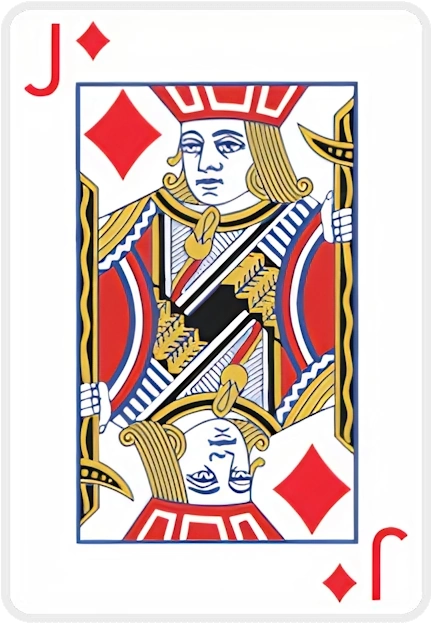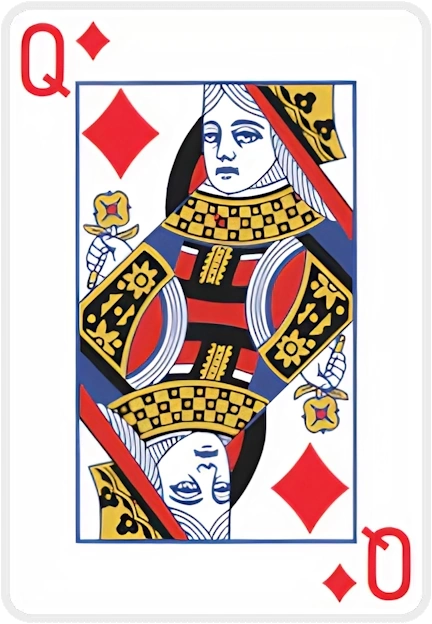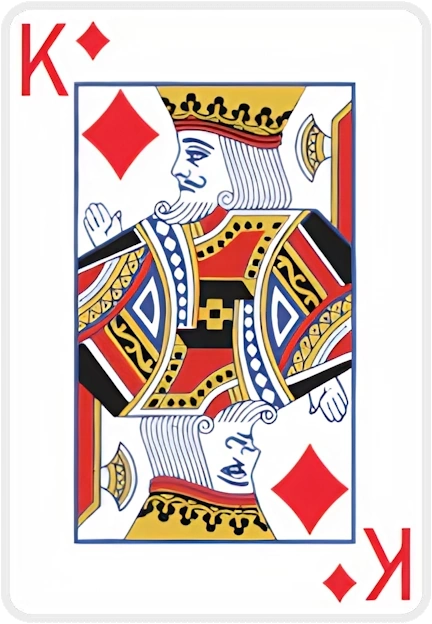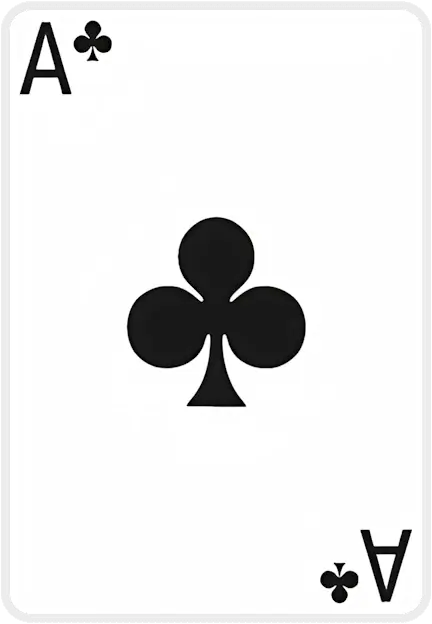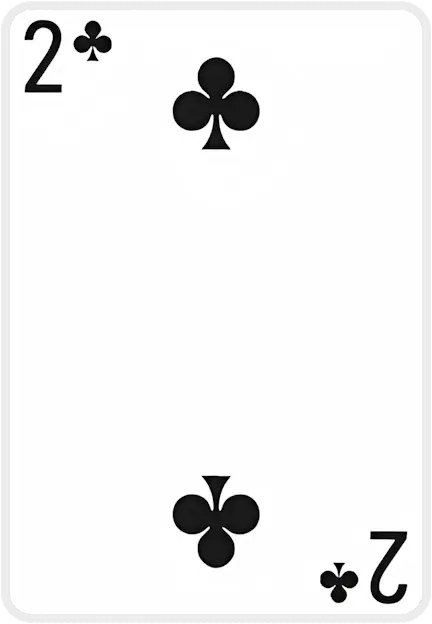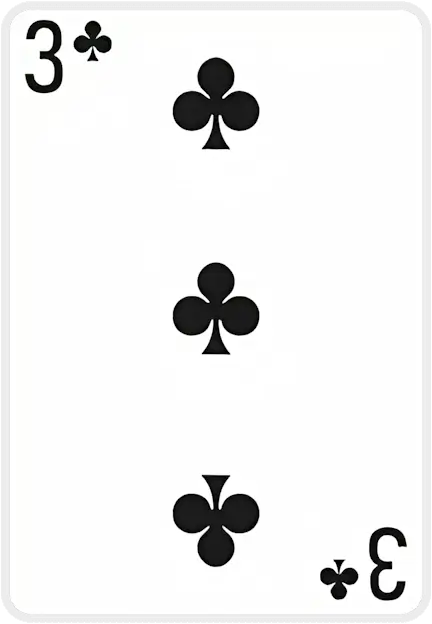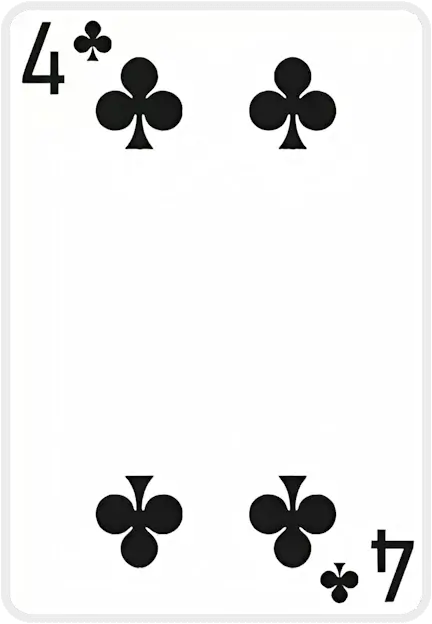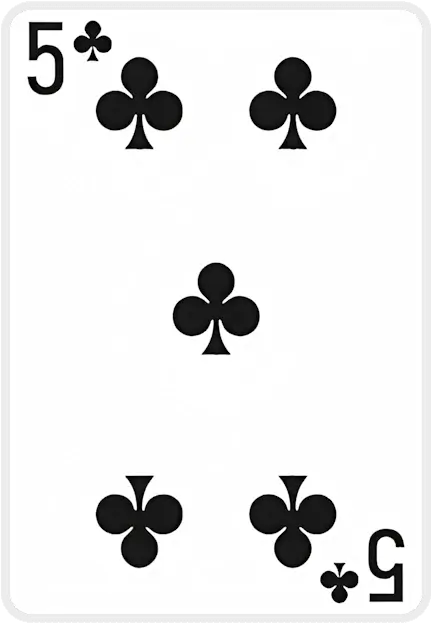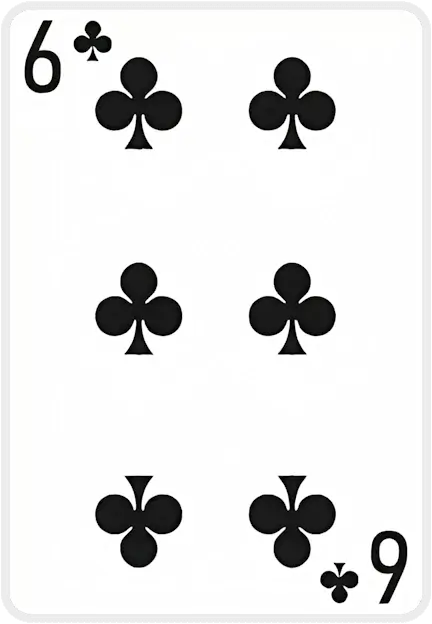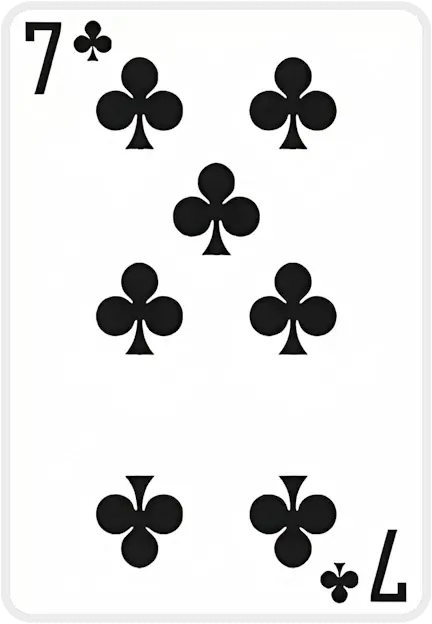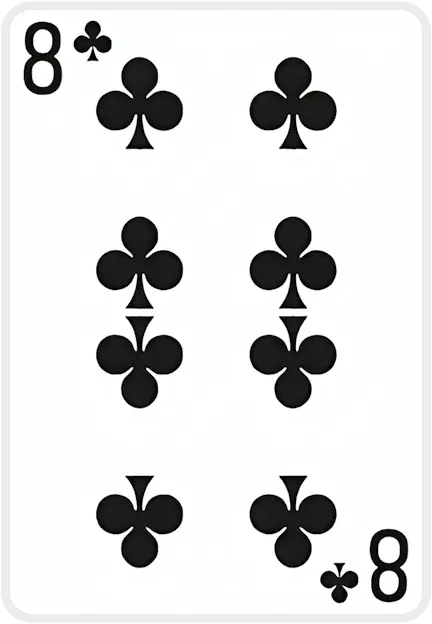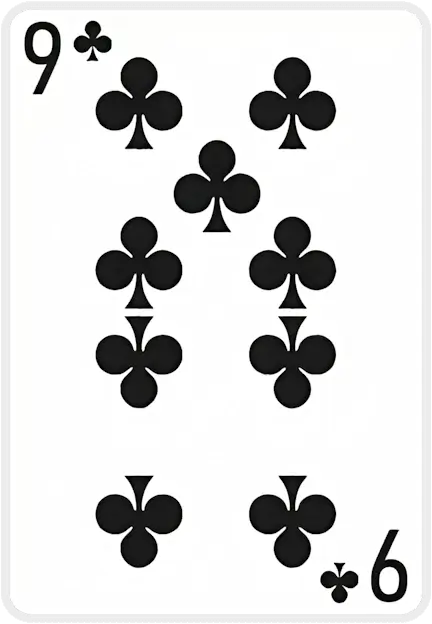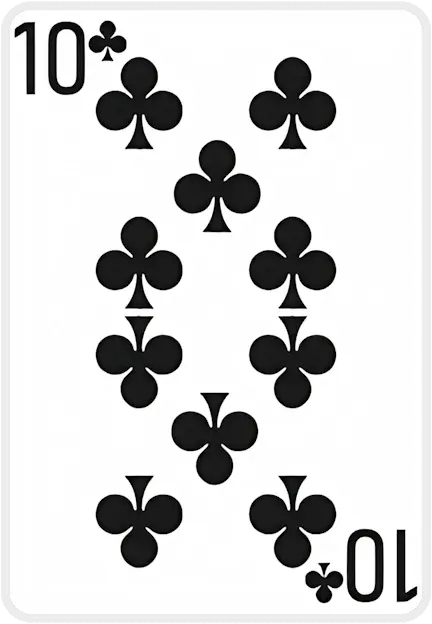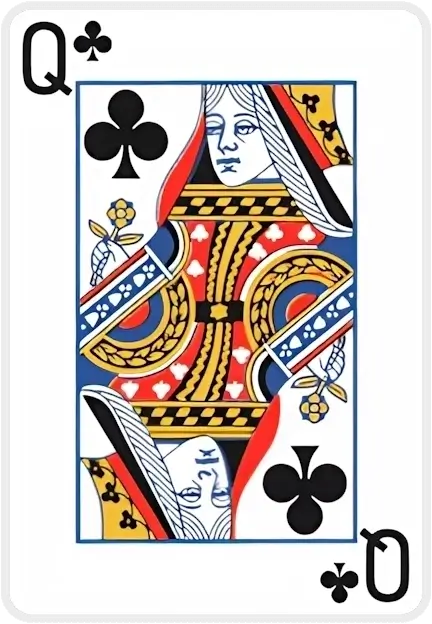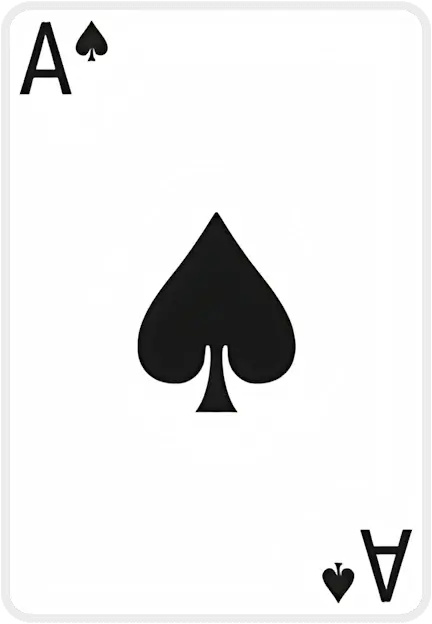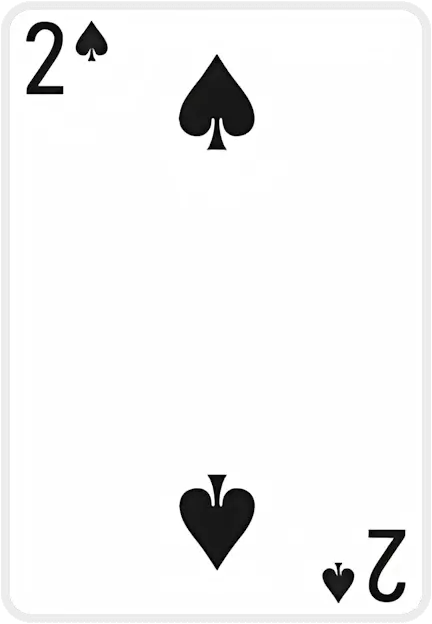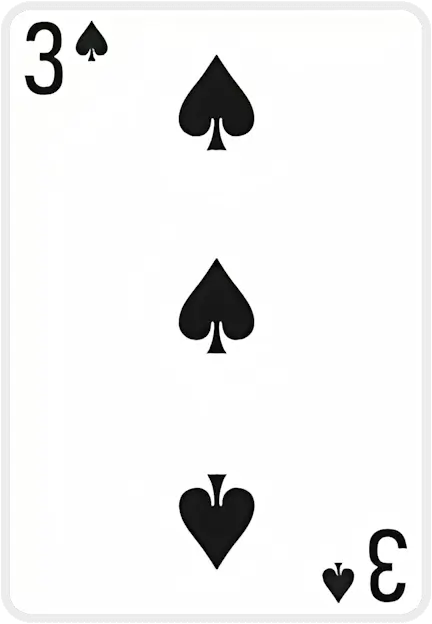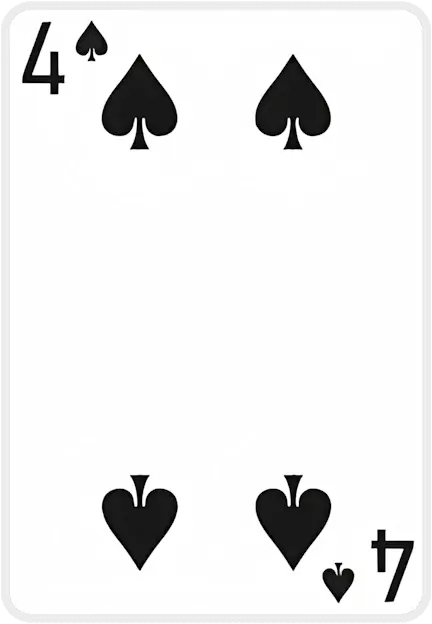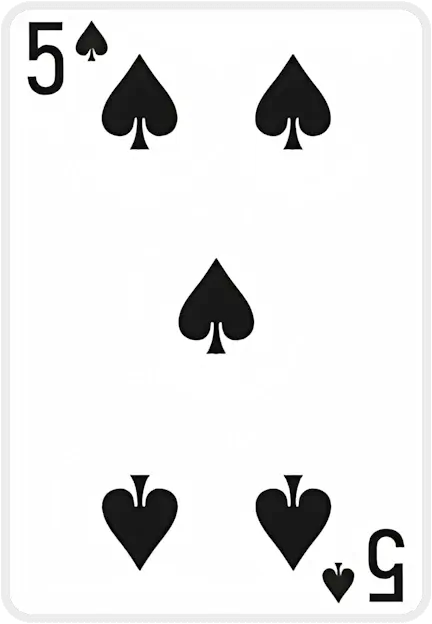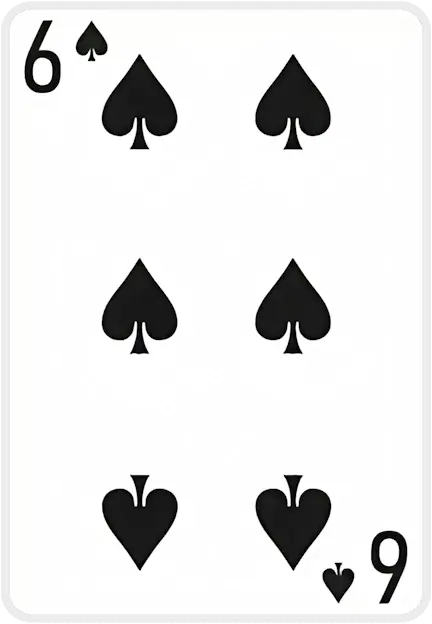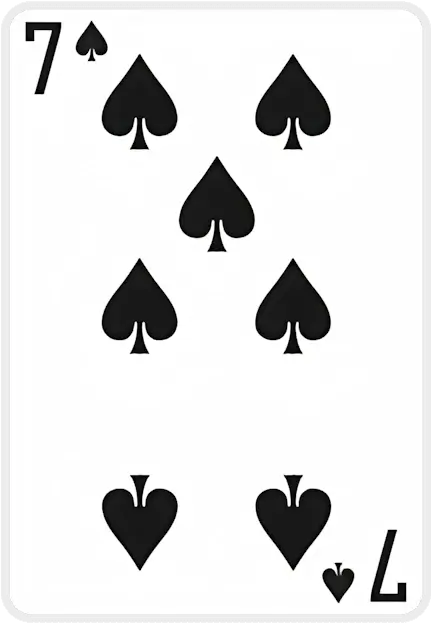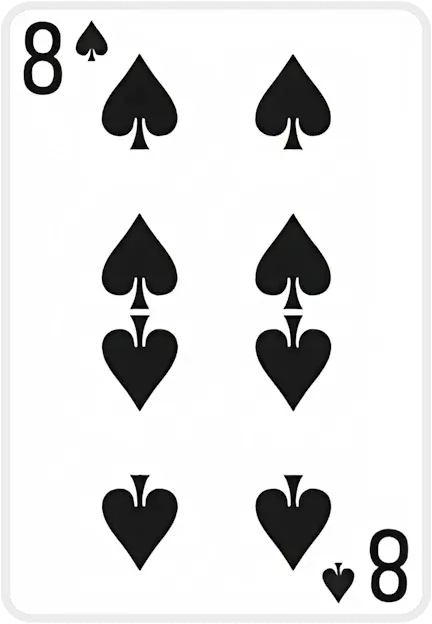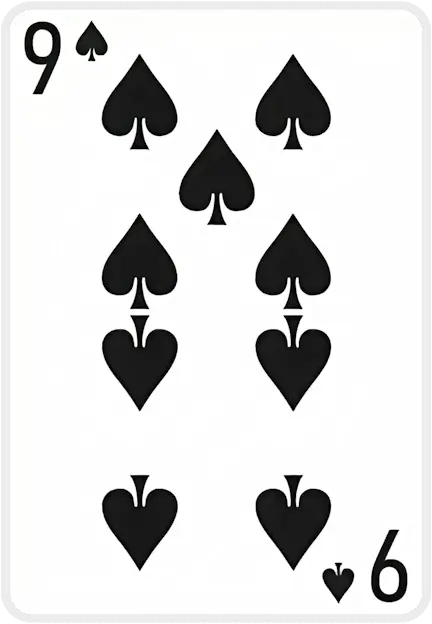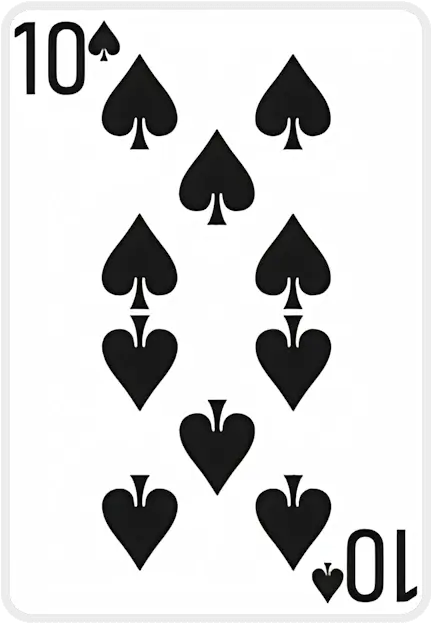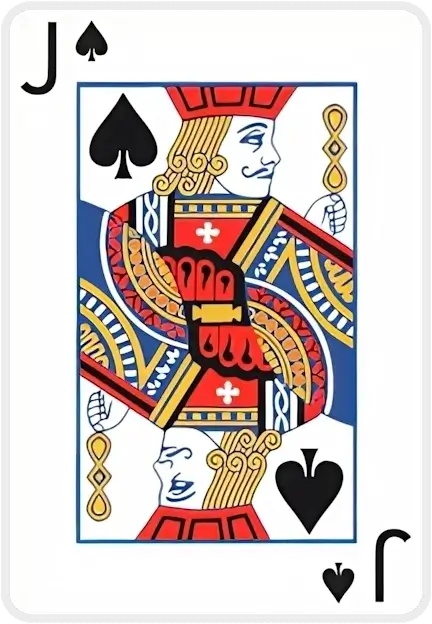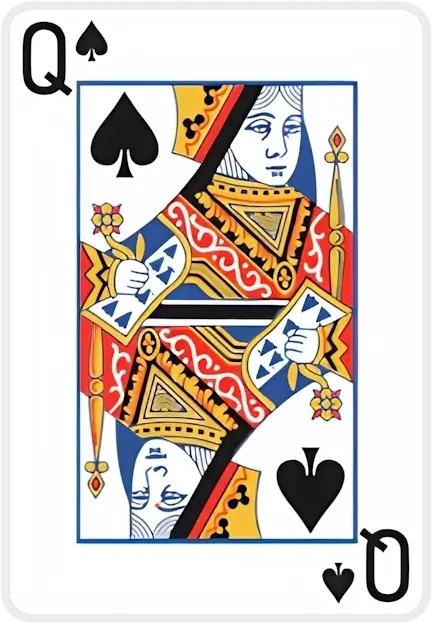Cannot drop, your card needs to be of an opposite suit colour
Cannot drop, your card needs to be one rank lower
Cannot move multiple cards to foundation
Card suit doesn't match foundation pile suit
Card can only be dropped on top of a card pile
Cannot deal cards when there are empty tableau piles
You can only move {0} card(s) at a time based on the current free cells and tableau
The cards don't add up to 13 and cannot be moved
The card is inaccessible and move cannot be performed
Cards must be in sequential order (one higher or lower)
Spider Solitaire

Play Spider Solitaire 2 Suits Online for Free
Spider Solitaire 2 Suits uses two suits (Spades and Hearts) across two standard 52-card decks—for a total of 104 cards. Unlike the 1-suit version, where all cards belong to just one suit, 2-suit play adds an extra layer of complexity by introducing a second suit. The ultimate objective is to arrange the cards into descending sequences (King down to Ace) in the same suit so that they can be removed from the tableau. Removing all the cards signifies a complete win.
This Spider Solitaire 2 Suits game offers convenient features such as undo button, hint, and different scoring options, making it accessible to both newcomers (who have graduated from 1-suit) and experienced players looking for a moderate challenge—somewhere between the simplicity of 1-suit and the rigorous difficulty of 4-suit Spider Solitaire.
How to Play Spider Solitaire 2 Suits
-
Initial Setup
- Shuffle 104 cards (only 2 suits, e.g., Spades and Hearts).
-
Deal 10 columns (the “tableau”):
- The first 4 columns each receive 6 cards, with only the top card face-up.
- The remaining 6 columns each receive 5 cards, with only the top card face-up.
- The leftover cards go into the “stock,” placed face-down to be dealt later.
-
Building Runs
- In the tableau, you can move one or more consecutive face-up cards onto another card that is exactly one rank higher (e.g., place an 8 on a 9).
- Suits don’t matter for these partial moves; however, you must have a complete run in the same suit (K–Q–J–…–2–A) to remove it from the board.
-
Dealing from the Stock
- When you run out of moves—or decide you need more cards—click the stock to deal one face-down card onto each tableau column.
- In many variations, you can only deal from the stock if none of the columns are completely empty. You must place at least one card into an empty column before dealing again.
-
Winning the Game
- A run of K–Q–J–…–2–A in the same suit is automatically removed once formed.
- You win by removing all 104 cards from the tableau, ideally creating 8 complete runs in total (4 sets per suit if you’re dealing with two suits).
Interesting Facts About Spider Solitaire 2 Suits
-
Intermediate Difficulty
- This version is often considered the perfect stepping stone for players transitioning from 1-suit (easy mode) to 4-suits (hard mode).
-
Slightly Easier than 4 Suits
- Because only two suits are in play, forming pure suit sequences is more manageable compared to juggling four different suits.
-
Essential Skills
- Many see 2-suit play as a gateway to refining core strategies such as careful tableau management, anticipating future moves, and controlling when to deal from the stock.
-
Common Suits
- While any two suits can be used, most online versions default to Spades and Hearts for easier visibility (black vs. red).
-
Same Setup, Different Challenge
- The layout of cards is the same as in 1-suit and 4-suit Spider; it’s the increase in suits that significantly changes the complexity.
Tips and Tricks
-
Uncover Face-Down Cards Early
- The more face-down cards you reveal, the better you can plan sequences and decide how to combine suits.
-
Prioritize Same-Suit Stacking
- While you can temporarily place cards of different suits in descending order, ultimately you’ll need to align runs of the same suit to remove them. Keep this goal in mind throughout your moves.
-
Free Up Columns
- Empty columns are powerful. Clearing one column quickly allows you to maneuver large sequences or temporarily store cards, a crucial tactic when you need to rearrange suits.
-
Hold Off on Dealing Stock
- Avoid rushing to deal new cards from the stock. Each new layer complicates the tableau. Try to make all possible moves with the current layout first.
-
Use Undo (If Available)
- Online versions often include an “undo” feature. Use it to explore different move orders or correct an unintentional mistake.
Strategies for Winning
-
Focus on Building Full Suited Runs
- Mix-and-match suits in your columns only when necessary. Whenever possible, keep runs uniform to make it easier to complete and remove them.
-
Create Multiple Partial Sequences
- Don’t wait for a perfect K–Q–J–…–A chain right away; build partial sequences of the same suit, then merge them into a full run once you have the right cards exposed.
-
Manage Kings and Aces
- Kings are pivotal for starting new runs, and Aces form the tail end. Keep track of where these high-importance cards are located so you can plan around them effectively.
-
Aim for (at Least) One Empty Column
- Freeing a column early gives you extra maneuverability, letting you move entire sequences where needed. This often sets off a chain reaction of clearing more space.
-
Plan Long-Term
- 2-suit Spider demands foresight. Before making a move, consider how it might affect future moves—especially if you’re about to block or reveal crucial cards.
Spider Solitaire 2 Suits offers an ideal balance between the easier 1-suit mode and the notoriously challenging 4-suit version. By focusing on uncovering cards, stacking suits correctly, and leveraging empty columns, you can steadily clear the tableau of all 104 cards. With practice, patience, and a bit of strategic planning, you’ll find the sweet spot between fun and challenge in this intermediate take on a timeless classic. Enjoy your climb up the Spider Solitaire difficulty ladder!
Case Studies
All figures below come directly from our database. Using first-party data ensures every insight is evidence-based, up-to-date, and privacy-respectful.
| Game Tier | Stand-out Titles | Win Rate |
|---|---|---|
| Quick Wins | Spider (1 Suit), Hole-in-One, TriPeaks | 70–84% |
| Fair Challenges | Solitaire (Draw 1) – 913 k plays FreeCell, Golf |
45–63% |
| Expert-Level | Spider (4 Suits), Forty Thieves, Double Scorpion | ≤11% |
Curious which moves turn the odds in your favor? Explore all the data & strategies →
What people say about us
Interview with Beverley Walker-Daury
At 87, Beverley Walker-Daury shares how SolitaireX brings joy, companionship, and purpose to her days in a retirement home.
Player Interview: Poul Andersen
Poul Andersen shares how playing SolitaireX helps him keep his brain sharp and active.
Player Interview: Peter Gross
Peter Gross, 81, shares how SolitaireX became his go-to place for relaxing Freecell games and friendly competition.
Player Spotlight: St0Sh0’s Record-Breaking Runs on SolitaireX
We sit down with speed-solitaire sensation St0Sh0 to talk record times, favorite variants, and why SolitaireX is his go-to card-game hub.
Fresh from the SolitaireX Blog

Decks & Destinations: The Solitaire Traveler Series Part 5: Berlin — Strategy & Culture Walks
Berlin’s rhythm of reflection and structure pairs perfectly with Solitaire’s calm logic. This guide invites travelers to explore the city’s culture and canals with a few mindful moves between each stop.

Decks & Destinations: The Solitaire Traveler Series Part 4: Tokyo – Mindful Play in a Fast City
Tokyo’s fast pace hides countless moments of calm — perfect for a mindful round of Solitaire. This traveler’s guide pairs iconic spots with short, focused play sessions to restore clarity on the go.

Decks & Destinations: The Solitaire Traveler Series Part 3: Seattle — The PC-Era Vibe
Seattle’s rain-washed calm pairs perfectly with Solitaire’s quiet focus. This traveler’s guide shows how to blend sightseeing, coffee breaks, and short, finite puzzles into a mindful PC-era rhythm.

Decks & Destinations: The Solitaire Traveler Series Part 2: London – From “Patience” to Presence
London’s slower moments pair perfectly with Solitaire—once known locally as “Patience.” This traveler’s guide blends calm city rhythms with mindful card play to help you recharge between adventures.
Latest guides crafted by Stoyan Shopov and Kalin Nikolov
Golf Solitaire Mastery: Strategy, Stats & Flow
Deal 7 columns of 5 face‑up cards (35 total). The remaining 17 cards*form the stock; flip the first stock card to start the waste. You may move only exposed tableau cards, and only if the rank is exactly one higher or lower than the waste top. Suits don’t matter. When no move exists, flip a new waste card. Clear all tableau cards to win.
TriPeaks Solitaire Mastery: Strategy & Analytics
Two peaks are dust; one stubborn ridge remains. Your waste shows a 9. The tableau flashes 10‑J‑10‑9‑8 like a heartbeat. You nudge the 10, feel the cadence lock in, and—without overthinking—trace a neat descent that crumbles the last peak. That tiny spark of *flow* is why TriPeaks hooks serious players: rhythm, restraint, and the rush of a run that arrives exactly on time.
Pyramid Solitaire Mastery: Strategy, Stats & Joy
Picture the pyramid down to its last stubborn tier: a Queen pinned beneath a ridge, a lone Ace on the waste, and a King begging to be burned for tempo. Heartbeat, breath, click—then the whole structure yields in a rush. If you’ve hit that razor‑edge finale, you already know Pyramid’s secret: small decisions, made in the right order, change everything.
FreeCell Solitaire Mastery: Strategy & Analytics Guide
I have a 15 years personal, lived experience—picture a scene built from thousands of session logs and notes from serious players: It’s late, and the board looks jammed. You clear a single column, free one cell, and suddenly a 9♣‑8♦‑7♣‑6♦ chain glides into place, untying the knot you stared at for ten minutes. The rush isn’t luck—it’s the quiet pleasure of a plan snapping into focus. When did FreeCell last feel less like “killing time” and more like practicing a craft you can actually master?
Media About Us
2567009575250393


